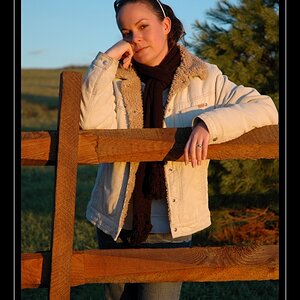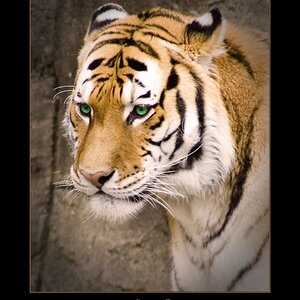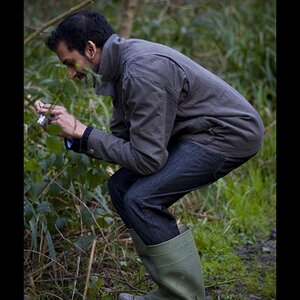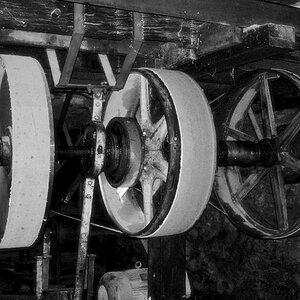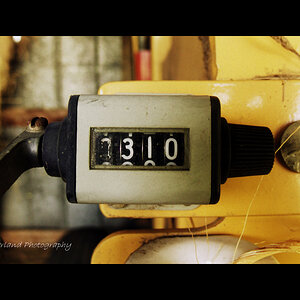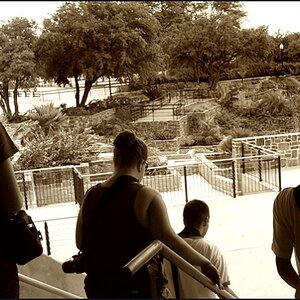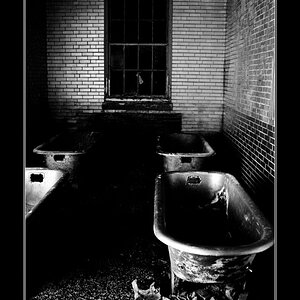Chipotles088
TPF Noob!
- Joined
- Nov 16, 2007
- Messages
- 16
- Reaction score
- 0
- Can others edit my Photos
- Photos NOT OK to edit
Hi, I've been looking at the Nikon D3000 (and D5000) lately, but I was wondering how limiting I might find these cameras next to more "advanced" ones like the D90.
I know the D3000 is geared more towards entry-level photographers for its ease of use, but will it become more and more restricting with the greater experience the user gains? Or would one find that it has all the same functionality and versatility as the higher-level DSLRs, once they learn how to use it?
If not, what's missing? What would, say, the D90 or D300 provide that this one couldn't?
I'm sure the D3000 is a great camera for a beginning DSLR user, but I'm wondering how quickly one might out-grow it and get that itch for a camera with more bang.
Any thoughts?
I'm also wondering if anyone has any thoughts on the D3000's menu system, and lack of control points outside the rear of the camera. Is it relatively easy to control camera settings - even in full manual mode - in this manner? Or does it prove to be slow and cumbersome work? Any comments would be greatly appreciated!
I know the D3000 is geared more towards entry-level photographers for its ease of use, but will it become more and more restricting with the greater experience the user gains? Or would one find that it has all the same functionality and versatility as the higher-level DSLRs, once they learn how to use it?
If not, what's missing? What would, say, the D90 or D300 provide that this one couldn't?
I'm sure the D3000 is a great camera for a beginning DSLR user, but I'm wondering how quickly one might out-grow it and get that itch for a camera with more bang.
Any thoughts?
I'm also wondering if anyone has any thoughts on the D3000's menu system, and lack of control points outside the rear of the camera. Is it relatively easy to control camera settings - even in full manual mode - in this manner? Or does it prove to be slow and cumbersome work? Any comments would be greatly appreciated!



